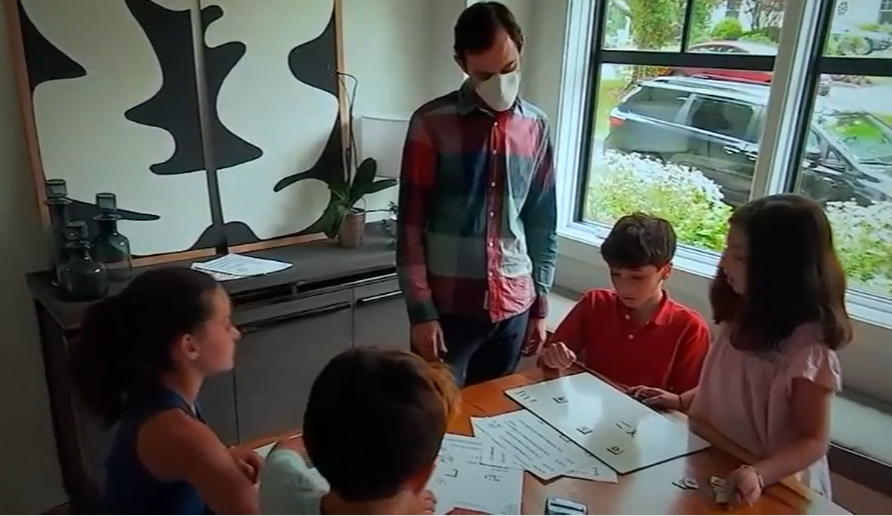
Editor’s note: This commentary from Bruno Manno, senior adviser to the Walton Family Foundation’s K-12 Program and reimaginED guest blogger, appeared Monday on The 74.
COVID-19 school shock disrupted our way of doing education, unbundling the familiar division of responsibilities among home, school and community organizations.
Nearly every parent of school-age children had to create from scratch a home learning environment using online technology, rebundling school services to meet their needs. Most parents accepted whatever teaching, learning and support services their district offered, supporting their child’s learning as best they could.
Other parents sought new learning options.
A study from Tyton Partners calculates that during the 2020-21 school year, 15% of parents changed their child’s school, a rate 50% higher than pre-pandemic levels. Overall, 2.6 million students exited district and private schools, enrolling in charter schools, homeschooling, microschools and other options. Thirteen percent of families also enrolled their child in small learning pods, supplementing traditional school.
In doing so, these parents exercised their agency to work with like-minded community members, many of whom were outside the current K-12 system — call them civic entrepreneurs — to create new organizations or expand existing ones to meet this demand.
There is now an unprecedented amount of K-12 federal dollars — around $190 billion and counting from three new pandemic-related programs — for people and programs to remedy the huge academic, social and emotional toll that COVID-19 imposed on young people and their families, with 90% ($171 million) going to school districts. The Congressional Budget Office estimates that local districts may not exhaust stimulus dollars until 2028.
To continue reading, click here.


